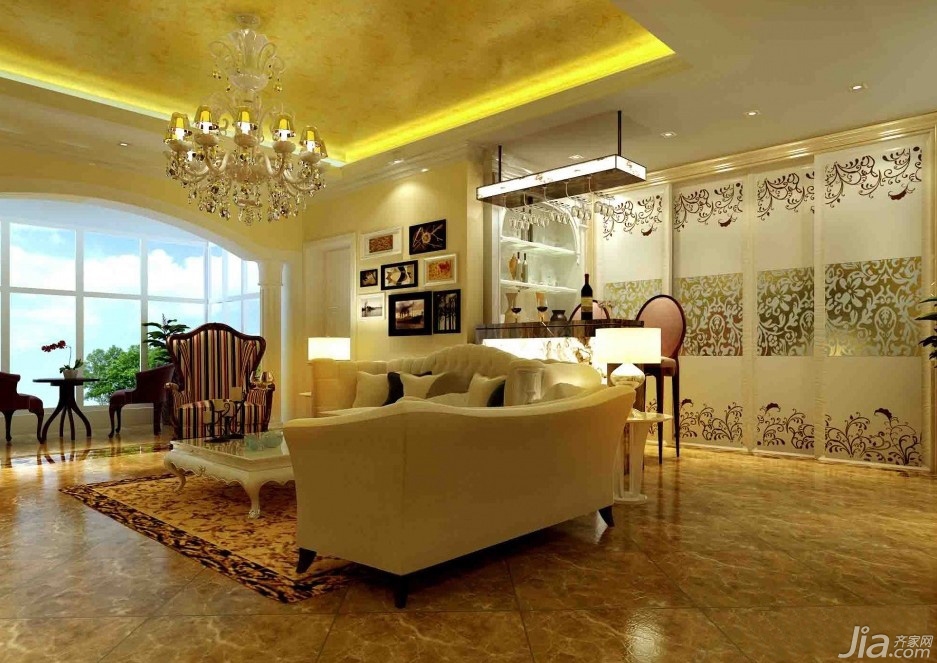Gypsum board is a new type of ceiling decoration material which is widely used at present, and has good decorative effect and good sound-absorbing performance. The commonly used plaster decorative boards and paper-surface decorative sound-absorbing panels are commonly used.
Gypsum board is widely used in home decoration. The summary is basically the following: Decorative gypsum board, plain paper gypsum board, embedded gypsum board, fire-resistant gypsum board, water-resistant gypsum board, perforated gypsum board for sound absorption .

(1) decorative gypsum board
The decorative gypsum board is a new type of roof material that is supported by a suitable amount of reinforcing fibers, adhesives, modifiers, etc., and is supported by agitation, molding, drying and the like. It is light weight and has high strength. Moisture, fire and other properties, can be applied to the ceiling and wall decoration, decorative gypsum board can be divided into ordinary and moisture-proof board two kinds, ordinary boards and moisture-proof plates are flat, orifice, relief board three specifications.

(2) Gypsum board
It is a lightweight sound-absorbing board made of building gypsum board as the main raw material, blended with appropriate amount of fiber and additives to make the board core, and it is firmly bonded with a special protective cover paper. It has light weight, high strength, fire resistance, and insulation. Sound, earthquake resistance, easy processing and other characteristics, suitable for the end of the indoor ceiling leaves can be used for internal wall partitions, wall panels. Plain paper gypsum board edges are rectangular, 45-degree chamfer, wedge, semi-circular and circular .
(3) Embedded gypsum board
It is based on the construction of gypsum board as the main raw material, mixed with appropriate amount of fiber reinforced materials and admixtures, and water with a uniform slurry, after casting molding, drying without the protective sheet of paper. Thick, with a built-in slot, the front of the plate is flat, with holes or embossed patterns.

(4) Fireproof plasterboard
It is based on the construction of gypsum board as the main raw material, mixed with appropriate amount of inorganic refractory fiber reinforced material to form a refractory core material, and with the protective cover paper firmly bonded together with the fire-resistant building board. Fire-resistant paper gypsum board edge shape with the moment , 45 degree chamfer, wedge, semicircle and round.
(5) Water resistant plasterboard
It is based on building gypsum board as the main raw material, incorporating a suitable amount of water-resistant admixtures to form a water-resistant core material, and it is firmly bonded to water-resistant protective covering paper. The edge shape of water-resistant gypsum board has a rectangular shape. , 45 degree chamfer, wedge, semicircle and round.

(6) perforated gypsum board for sound absorption
It is based on decorative gypsum board and gypsum board as base board, and has cylindrical holes penetrating the front and back of the gypsum board. Adhesion of breathable back cover material on the back of the gypsum board and absorption of incident acoustic energy Acoustic materials and other combinations, the sound absorption perforated gypsum board has a rectangular shape and chamfered edge shape.
Suspended ceiling design roller coating ceiling decorative relief
Alnico Magnets are traditionally classified using numbers assigned by the Magnetic Materials Producers Association (MMPA), for example, Alnico 3 or Alnico 5.
Alnico magnets are produced by casting or sintering processes.[8] Anisotropic alnico magnets are oriented by heating above a critical temperature and cooling in the presence of a magnetic field. Both isotropic and anisotropic alnico require proper heat treatment to develop optimal magnetic properties-without it alnico's coercivity is about 10 Oe, comparable to technical iron, which is a soft magnetic material. After the heat treatment alnico becomes a composite material, named "precipitation material"-it consists of iron- and cobalt-rich[9] precipitates in rich-NiAl matrix.
Alnico's anisotropy is oriented along the desired magnetic axis by applying an external magnetic field to it during the precipitate particle nucleation, which occurs when cooling from 900 °C (1,650 °F) to 800 °C (1,470 °F), near the Curie point. Without an external field there are local anisotropies of different orientations due to spontaneous magnetization. The precipitate structure is a "barrier" against magnetization changes, as it prefers few magnetization states requiring much energy to get the material into any intermediate state. Also, a weak magnetic field shifts the magnetization of the matrix phase only and is reversible.
Alnico magnets are ideal for high temperature applications up to 550ºC
. Cast Alnico Magnet is very stable, has good corrosion resistance and a typical hardness of 50 Rockwell C. Once cast, the material is so hard that the only machining possible is grinding
. Cast Alnico Magnet represents the most versatile magnet material available. The range of properties can be accurately designed for specific applications by changes to element analysis and heat treatment.
Cast Alnico Magnet
Cast Alnico Magnet,Cast Alnico Block Magnet,Cast Sintered Alnico Magnet,Strong Cast Alnico Pot Magnet
Jinyu Magnet (Ningbo) Co., Ltd. , https://www.magnetbonwin.com
![<?echo $_SERVER['SERVER_NAME'];?>](/template/twentyseventeen/skin/images/header.jpg)